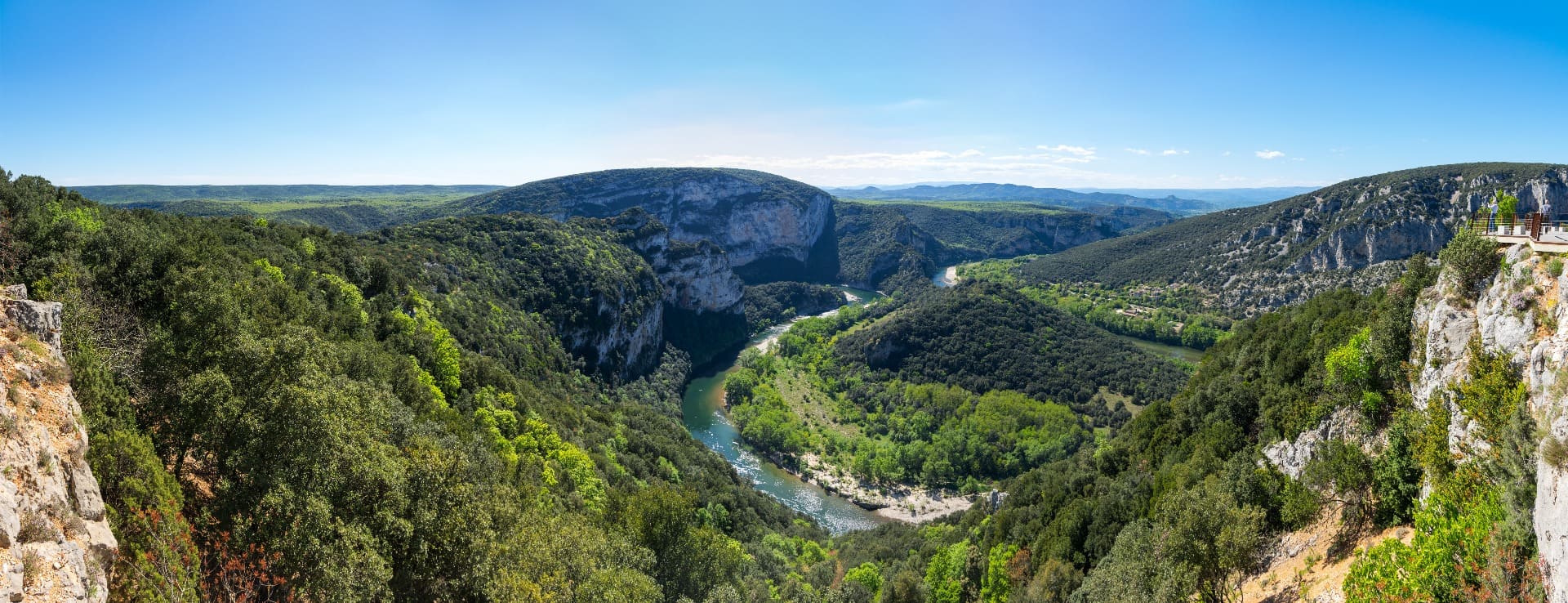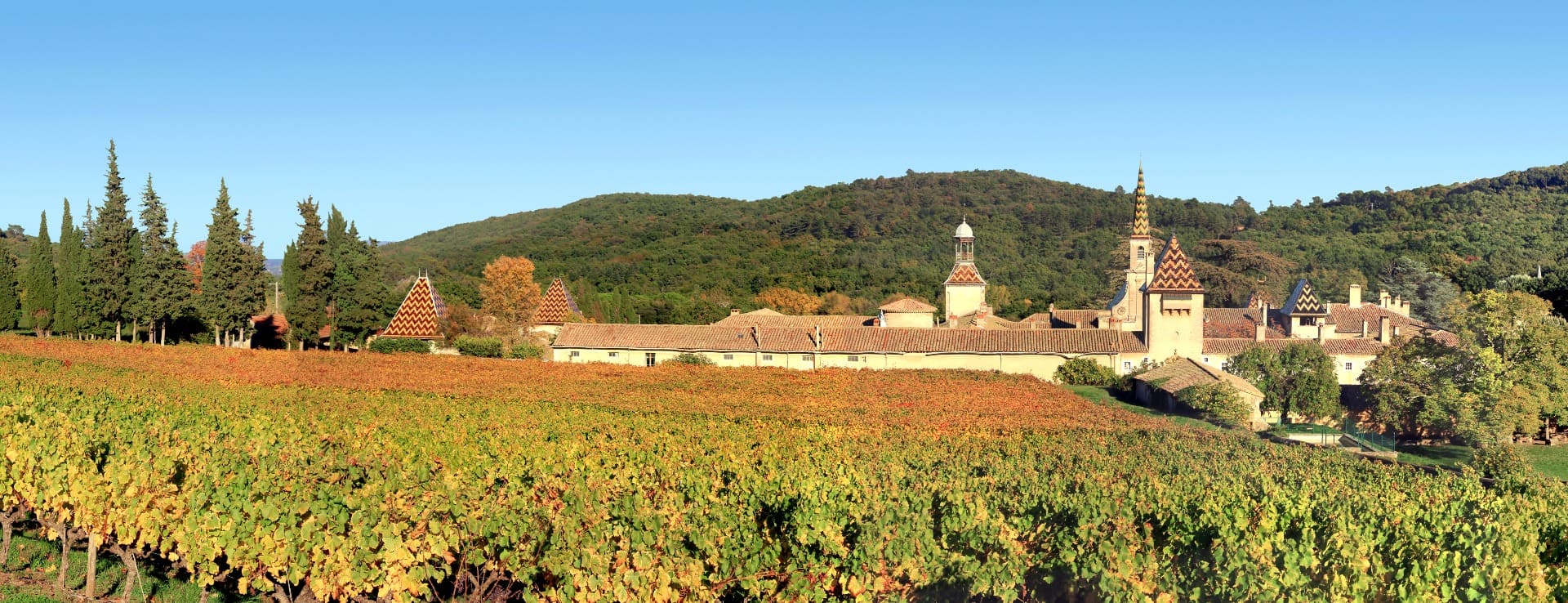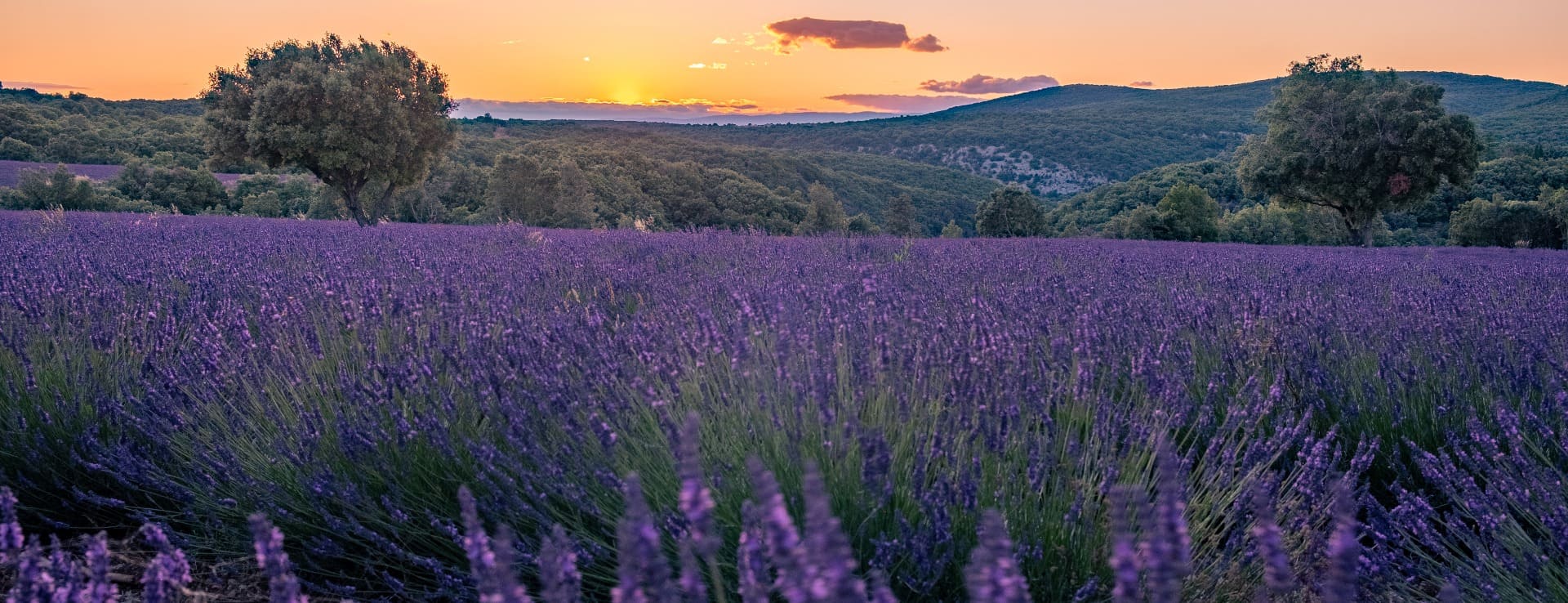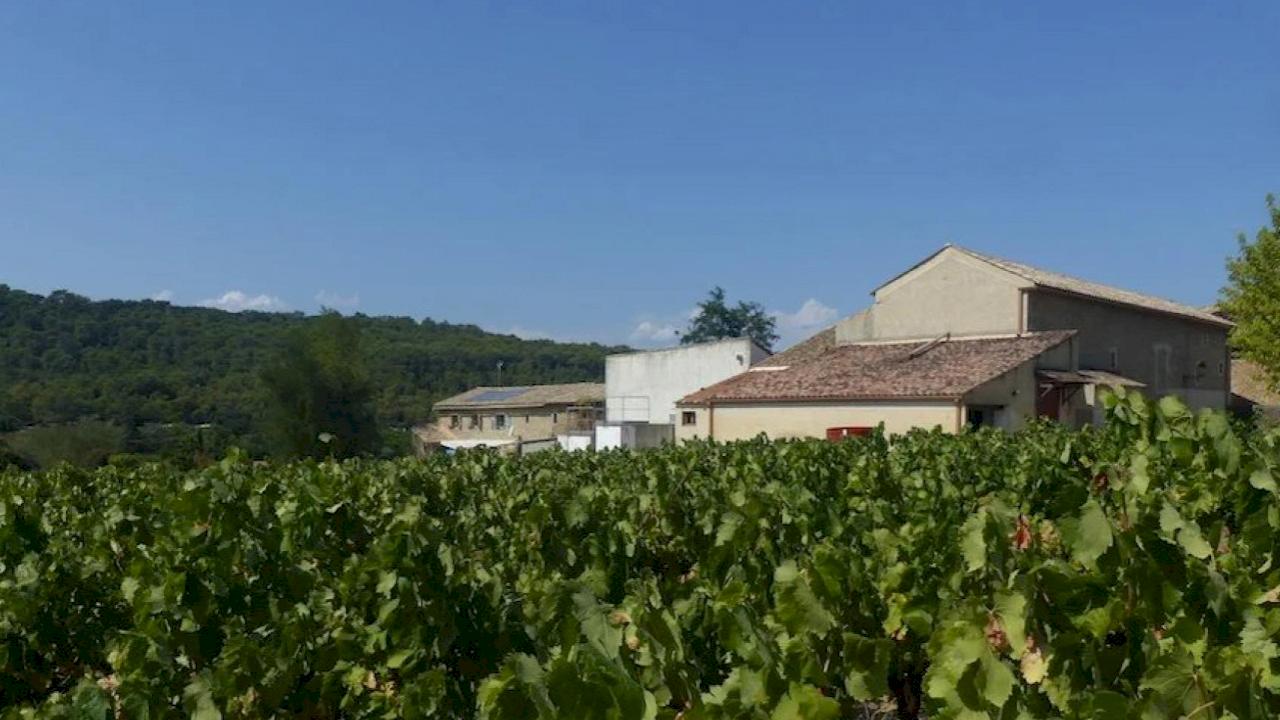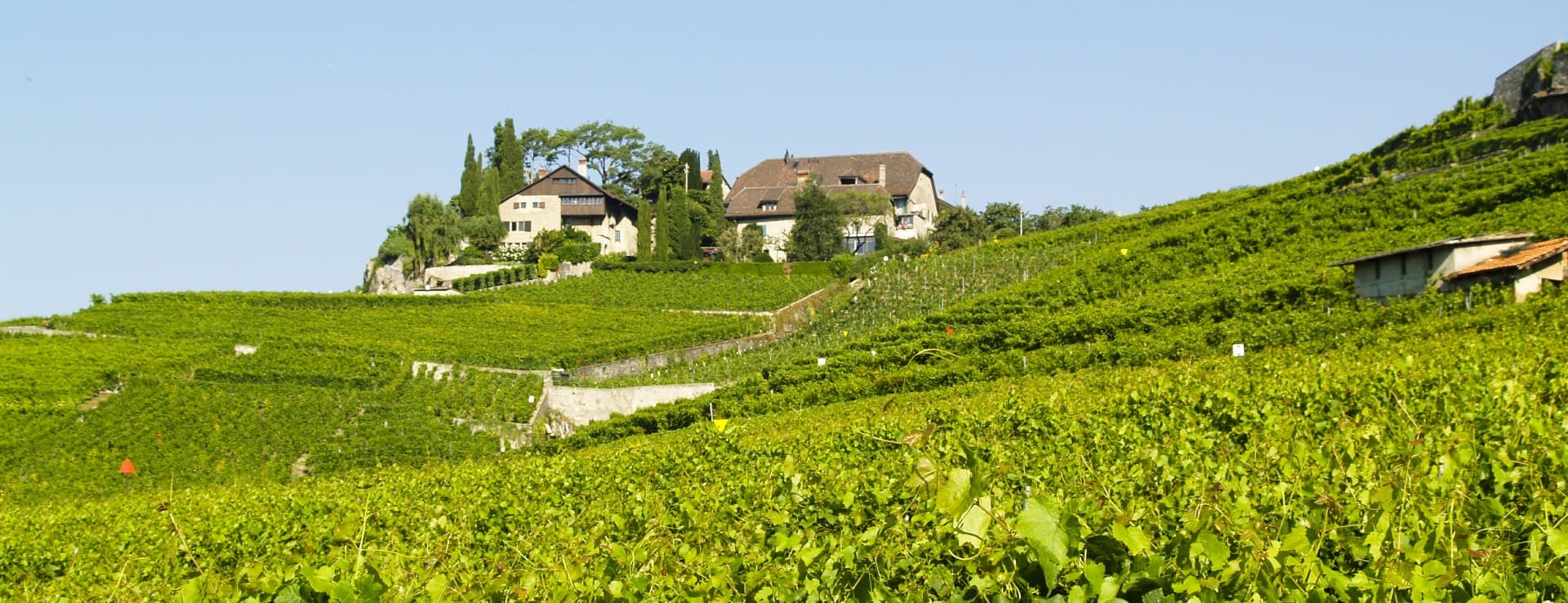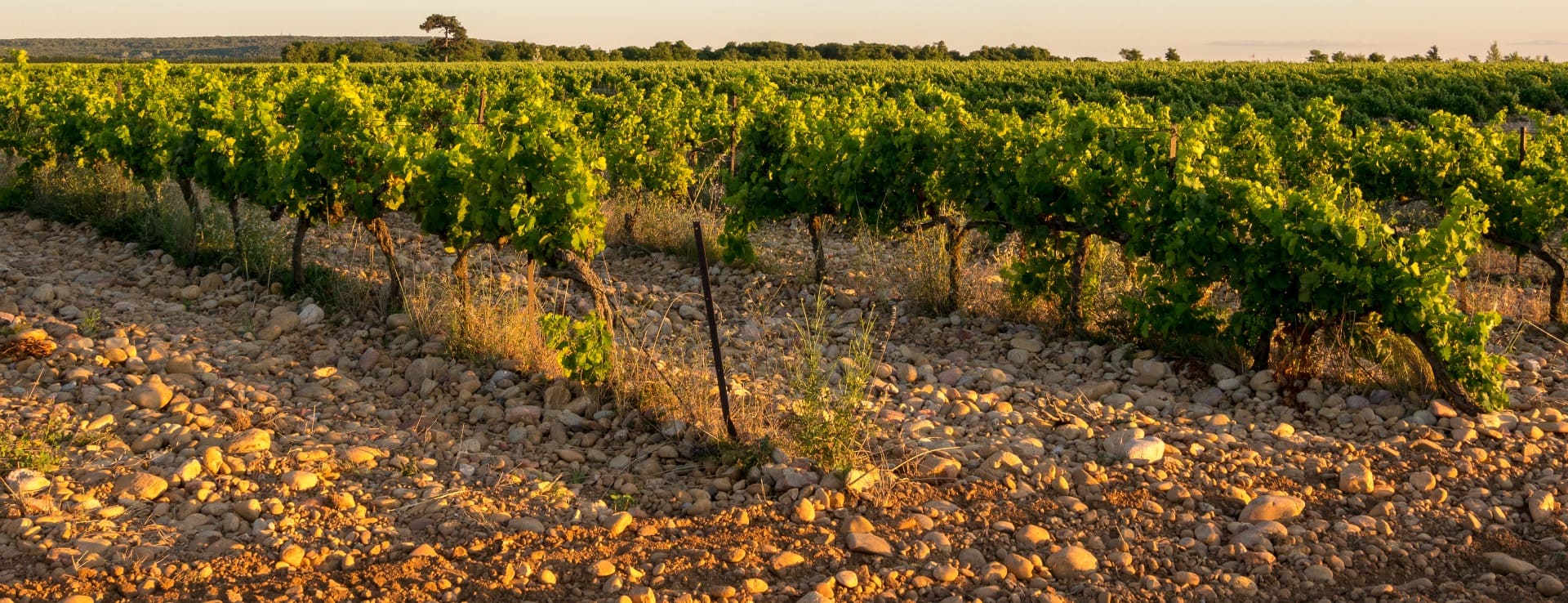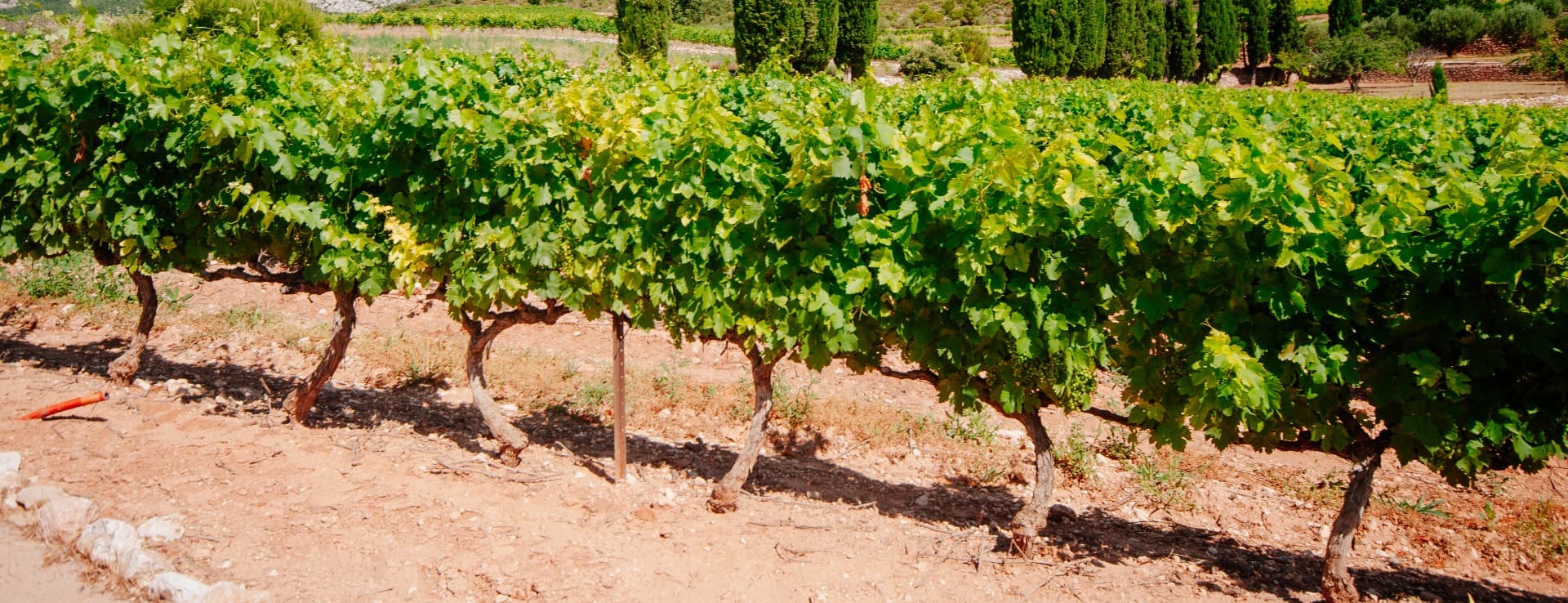Find your winery or vineyard
Departments Gard (Nîmes) / Ardèche (Avignon)
The different AOCs
Two regional AOCs: Côtes du Rhône and Côtes du Rhône-Villages.
Côtes du Rhône: it is the most important AOC of all because of its large area of planted vineyards, 39.650 ha. Some white wine is produced but 95% of the production is red or rosé from red Grenache.
Côtes du Rhône-Villages: covers about 9,500 ha and corresponds to certain plots in 95 villages in Gard, Vaucluse, Ardèche and Drôme, with stricter production rules than in Côtes du Rhône. The quality can be very good and the value for money is often interesting. Some villages can include their name to the AOC, which is called Côtes du Rhône-Villages villages like Cairanne, Rastea, Sablet (Vaucluse) and Laudun (Gardenia).
Non-regional AOCs: Costières de Nîmes (4.033 ha), Côtes de Vivarais (45 ha), and the wines of Die - Clairette de Die, Crémant de Die, Coteaux de Die (1.474 ha) are AOCs administratively linked to the Rhône Valley vineyard. They do not present homogeneity in their terroirs or in the quality of their wines, but there are talented producers who propose interesting wines.
Communal AOCs:
AOC Tavel: this small vineyard of 950 ha, located on the right bank of the Rhône, opposite Châteauneuf-du-Pape, is solely devoted to rosé. Its style is vinous, fleshy, aromatic, pleasant and of varying quality.
AOC Lirac: Tavel's neighbour in the Gard department covers 660 ha and produces fine reds, rosés almost comparable to those of Tavel and sometimes exceptional whites.
Without a doubt, the wines of the region show where they come from. The intensity of their robe, whether red white or rosé, shows a wine bathed in sunshine, from the heart of the Rhône delta in its southernmost part. A glance at a glass of Tavel rosé, with its intense colour and orange hues reminiscent of the façades of some of the region's houses, transports us to the banks of the Rhône, opposite the papal palace, in the heat of summer. This orange colour is linked to the Grenache variety, which accounts for 65% of the region's vineyards. The Tavel rosés are round and pleasant. Their southern temperament of exuberant fruit is restrained by the serving temperature. The white wines show a certain roundness on the palate, fatty and with an opulence as perceptible as for the reds. This opulence, on the other hand, must be balanced by a certain vivacity, due to the acidity of the wine, so that the wine is not heavy in the mouth.
D.O./Valle (wine regions)
Discover more wineries and vineyards for sale in these wine regions in France
Subscribe to our mailing list to receive news about wineries and vineyards.


